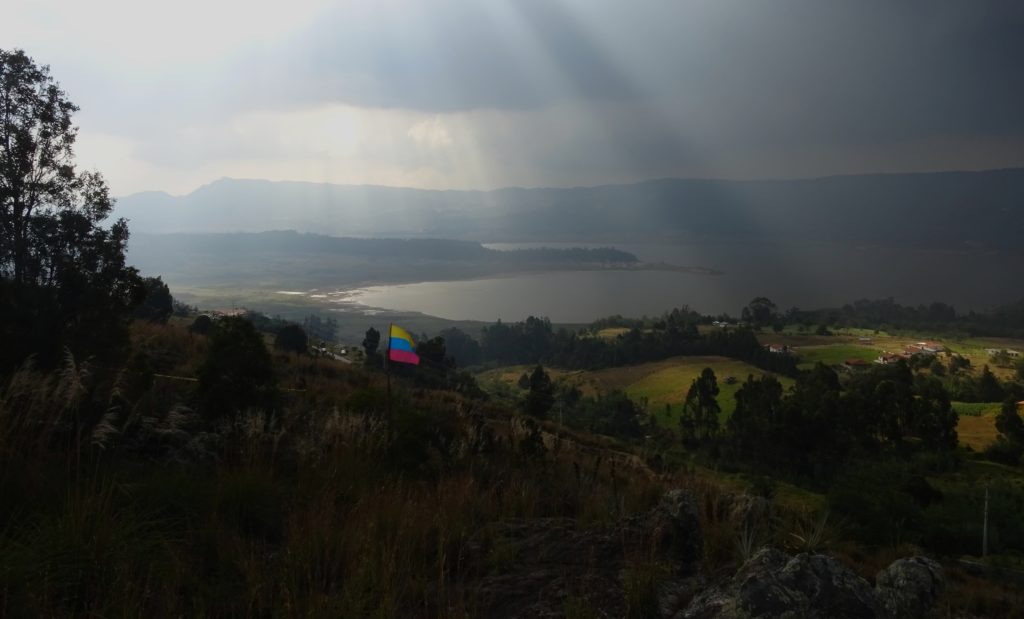
Colombian water reservoir levels have hit a historic critical low, dropping below 33.54 percent of their capacity in March 2024, according to XM, the company entity in charge of managing Colombia’s electricity market. This alarming situation results directly from El Niño, a cyclical climate phenomenon that alters rain patterns, causing extended droughts across Latin America and particularly in Colombia’s Andean region.
Water plays a crucial role in Colombia, primarily because it generates around 70 percent of the country’s electricity.
Colombian water reservoirs in danger
For the first time in twenty years, Colombian reservoirs dropped to a historic low in March 2024, with only 33.54 percent of their electricity generation capacity being available, confirming the trend already observed earlier this year, in February. In its report, XM highlights the critical situation of some of the nation’s key reservoirs and hydroelectric plants. This includes El Quimbo, on the Magdalena River, now at only 20.66 percent capacity; Guavio, linked to the Orinoco River, at a mere 7.95 percent of its normal capacity; and Riogrande 2, connected to the Rio Grande River, with just 8.79 percent capacity.
To respond to this challenge, Colombia has been forced to increase its gas imports to make up for the shortfall in hydroelectricity generation. In this regard, XM noted that Colombia’s electricity demand could be satisfied by fully utilizing the country’s thermal energy capacity.
El Niño phenomenon, a national threat.
El Niño has presented significant challenges to Colombia since its resurgence in 2023. After several years of inactivity, this phenomenon, originating from the warming of the Pacific Ocean, has initiated a new cycle of rainfall pattern disruption. Given Colombia’s diverse climate zones, the country has experienced the full impact of El Niño’s effects. While intense rainfalls have provoked several accidents and fatalities along the Pacific coastline and in the rainforests, the mountainous regions and the Caribbean coast have been plagued by droughts. These climatic conditions jeopardize water reserves, impacting both local communities and the energy sector, as hydroelectricity generation depends heavily on consistent water levels.
See all the latest news from Colombia and the world at ColombiaOne.com. Contact our newsroom to report an update or send your story, photos and videos. Follow Colombia One on Google News, Facebook, Instagram, and subscribe here to our newsletter.

